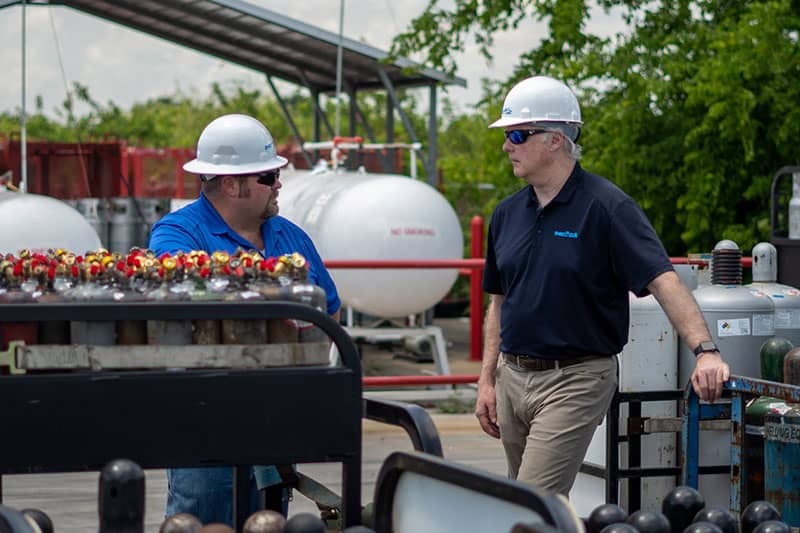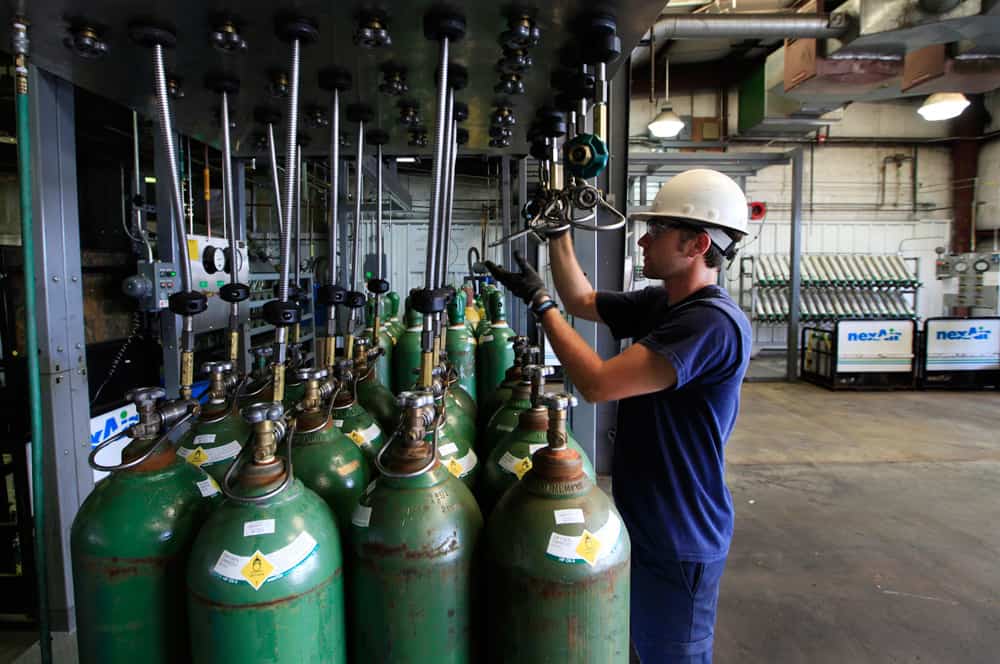How Universities Use Dry Ice for Sample Preservation and Lab Efficiency
University labs collect samples that represent months or years of research work. Tissue specimens from rare diseases, soil samples from remote locations, chemical compounds synthesized after countless attempts. Losing these samples to temperature fluctuations or equipment failures can destroy entire research projects and waste grant funding that took years to secure.
Dry ice provides backup preservation when primary freezing systems fail or when samples need transport between facilities. At -109°F, it maintains temperatures well below what most biological samples require for long-term stability. Unlike liquid nitrogen, dry ice doesn’t require specialized dewars and is easier to handle, though standard safety precautions still apply.
Biology and Medical Research Applications
Pathology labs use dry ice for shipping tissue samples to reference laboratories for specialized testing. These samples often come from critical cases where accurate diagnosis depends on preserving cellular structure during transport. Standard shipping methods with gel packs cannot maintain the sub-zero temperatures that prevent enzymatic degradation in tissue specimens.
Molecular biology research depends on dry ice for preserving RNA samples that degrade within minutes at room temperature. Researchers collecting samples in field conditions rely on dry ice coolers to maintain sample integrity during transport back to laboratory facilities. The sublimation process provides consistent cooling without creating liquid that could contaminate samples.
Research collaborations between universities often involve sharing biological materials that require specific temperature control. Dry ice shipping allows laboratories to exchange samples while maintaining chain of custody documentation and temperature logs that regulatory agencies require for research compliance.
Chemistry and Materials Science Uses
Materials science research uses dry ice for rapid cooling of samples during crystallization studies. The controlled sublimation rate allows researchers to observe how different cooling speeds affect crystal formation and material properties. This technique helps develop new materials with specific characteristics for industrial applications.
Analytical chemistry laboratories rely on dry ice for preserving samples during complex analysis procedures. Some compounds decompose rapidly at normal temperatures, making dry ice essential for maintaining sample integrity throughout extended analytical workflows. The consistent temperature eliminates variables that could affect measurement accuracy.
Emergency Backup and Equipment Failures
Power outages threaten valuable research samples stored in ultra-low freezers worth hundreds of thousands of dollars. Dry ice provides emergency cooling that can preserve samples for days while facilities restore power or repair equipment. This backup capability protects years of research work from single-point equipment failures.
Freezer maintenance schedules require temporary sample relocation to prevent temperature exposure during service. Dry ice coolers accommodate these planned maintenance activities without risking sample degradation. The portable nature allows samples to remain accessible while primary storage systems undergo repair or calibration.
Research facilities often share emergency dry ice supplies during widespread equipment failures or natural disasters. Universities collaborate to protect regional research investments when individual facilities face emergencies that threaten sample collections. nexAir’s emergency delivery capabilities have helped academic institutions preserve critical research materials during unexpected situations.
Cost-Effective Lab Operations
Dry ice eliminates the need for expensive cryogenic storage systems in applications where liquid nitrogen would be overkill. Small research groups can preserve samples effectively without investing in specialized equipment that requires ongoing maintenance and training. This accessibility democratizes advanced preservation techniques for laboratories with limited budgets.
Sample transport costs decrease when dry ice provides adequate preservation for shipping rather than requiring expensive overnight delivery with specialized packaging. Researchers can ship samples using standard carriers while maintaining required temperatures throughout transit. These educational institutions Forge Forward with research collaborations that might otherwise be cost-prohibitive.
Ready to optimize your university’s sample preservation capabilities? Contact nexAir to discuss dry ice solutions that support your research programs with reliable, cost-effective preservation methods backed by our expert KnowHow™.
Looking out for your future
Get your career going on the right track with nexAir
Find out how nexAir KnowHow has impacted businesses all over the Southeast
Our expertise makes us more than a valuable partner, it makes us headlines
Don't see what you're looking for?
Everything we offer is a click away and it will arrive before you know it.


